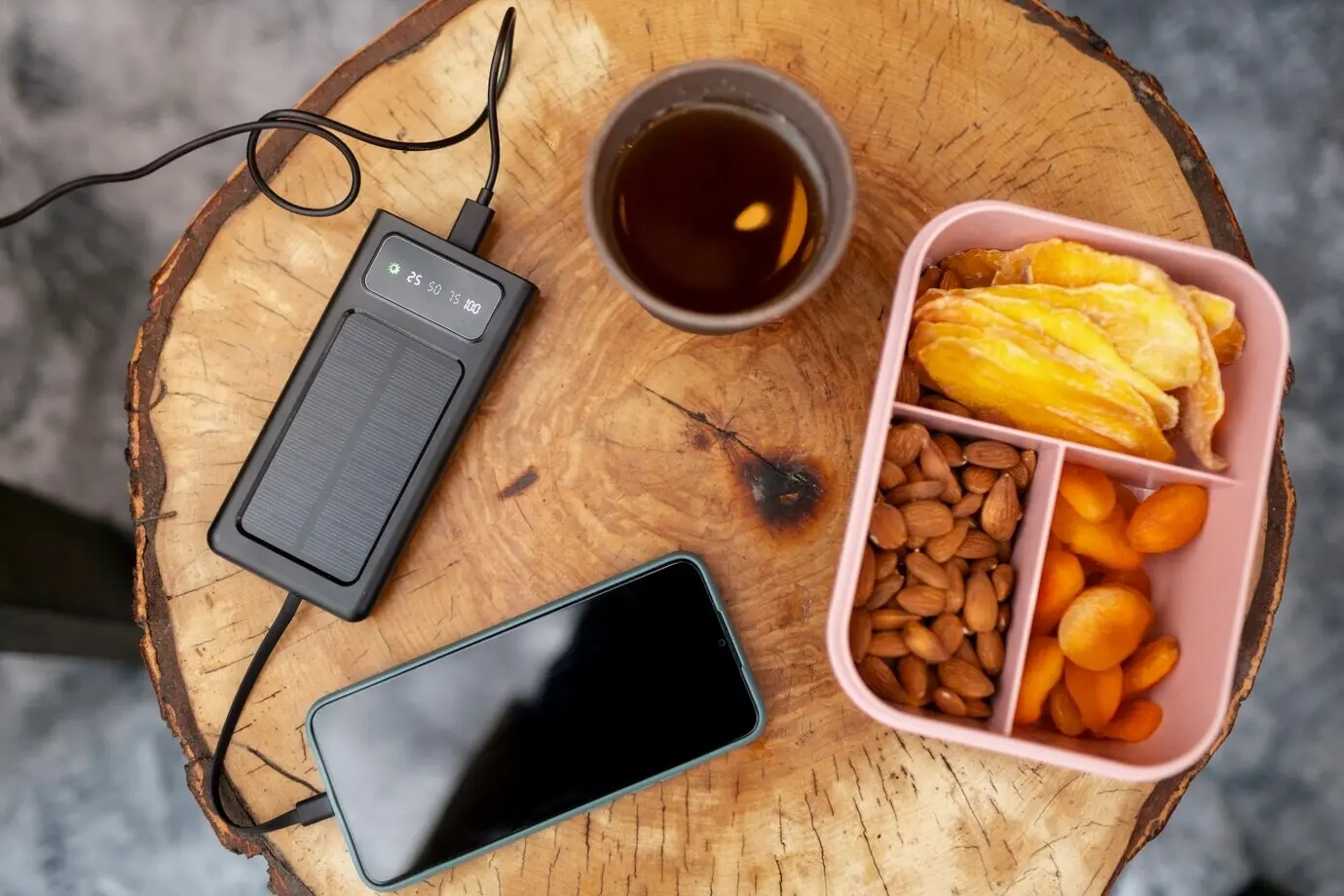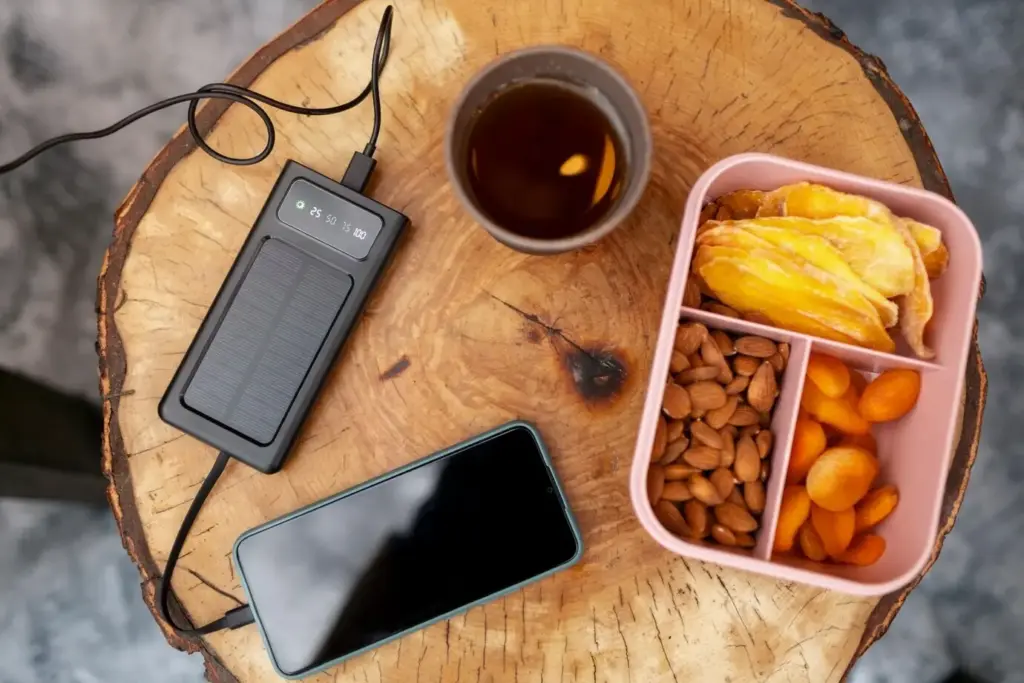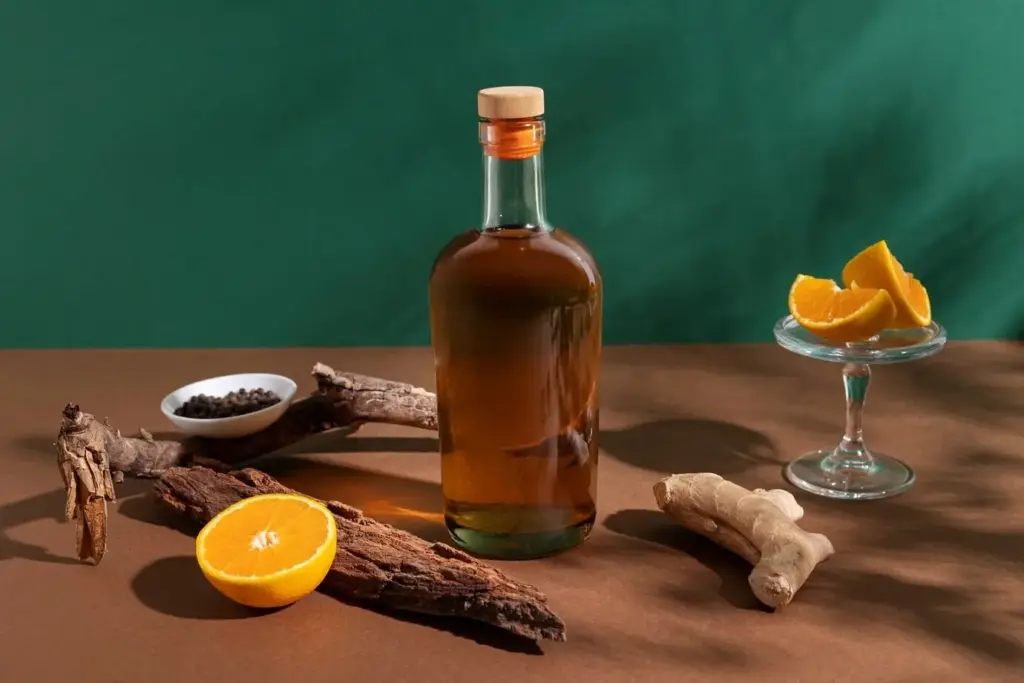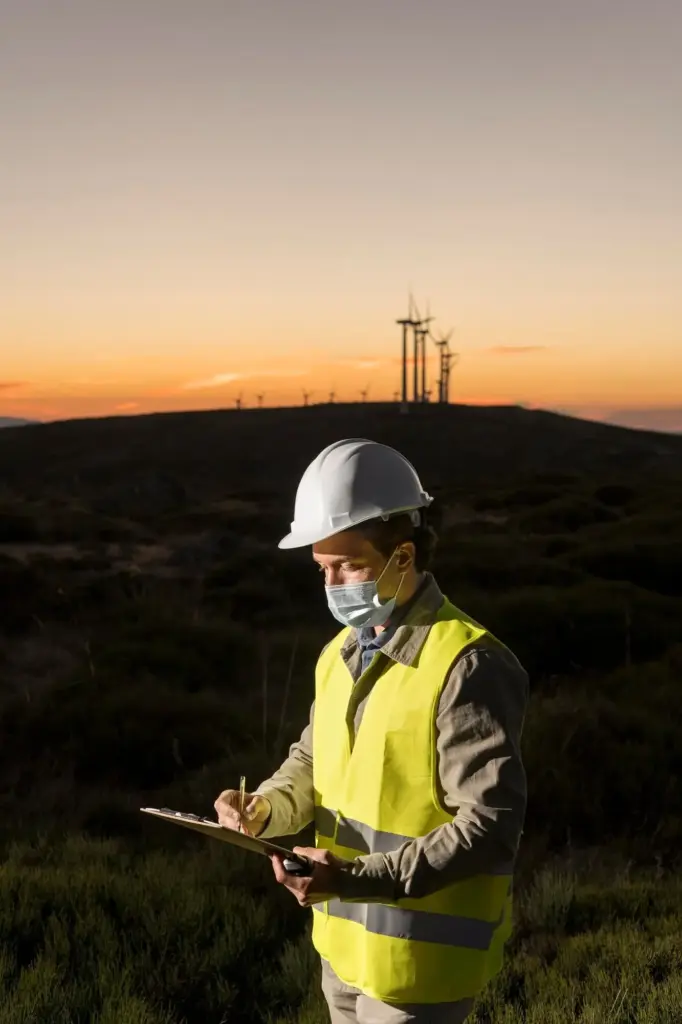Designing with Nature for Sustainable Well‑Being


The Science Behind Nature‑Connected Spaces
Patterns and Principles You Can Apply

Prospect, Refuge, and Mystery
Blend open vistas with sheltered alcoves, then thread subtle wayfinding cues that invite discovery without confusion. Use ceiling height shifts, canopy elements, and filtered light to temper openness. Introduce mystery through partial screens, winding paths, and glimpses of greenery that promise rewards just around the bend.

Material Authenticity and Tactility
Favor mass timber, clay plasters, stone, cork, and natural textiles where appropriate. Honest textures weather gracefully and anchor spaces emotionally. Pair durability with circularity by prioritizing disassembly, bio-based content, and verified sourcing, turning everyday touchpoints into continuous reminders of ecological connection and responsible stewardship.

Rhythms, Fractals, and Variations
Humans respond well to complex, ordered patterns found in leaves, waves, and bark. Introduce fractal art with mid-range complexity, dynamic shading from screens or trees, and seasonal displays. Carefully avoid visual clutter by keeping hierarchy clear, letting pattern cadence guide calm, curiosity, and orientation throughout the day.
Designing Homes That Breathe
Workplaces that Nurture Performance






Urban Interventions with Planetary Benefits


Blue‑Green Infrastructure that Cools Cities
Combine bioswales, permeable paving, and shaded routes to reduce peak temperatures and flooding. Design for play and safety, integrating water rills children can touch. Maintenance partnerships with schools or businesses strengthen stewardship, while clear signage turns corridors into outdoor classrooms about climate resilience and shared responsibility.


Transit Hubs with Human‑Scale Delight
Upgrade stations with daylight canopies, timber surfaces, wayfinding gardens, and birdsafe glazing. Thoughtful edges reduce stress during transfers and promote dignity. Micro-retail kiosks beside planters activate edges, while framed views reconnect commuters with seasons, weather, and changing skies, transforming everyday travel into gentle moments of restoration.
Materials, Maintenance, and Longevity
Low‑Toxicity Finishes and Circular Choices
Water Stewardship Indoors
Care Plans that Keep Nature Alive
